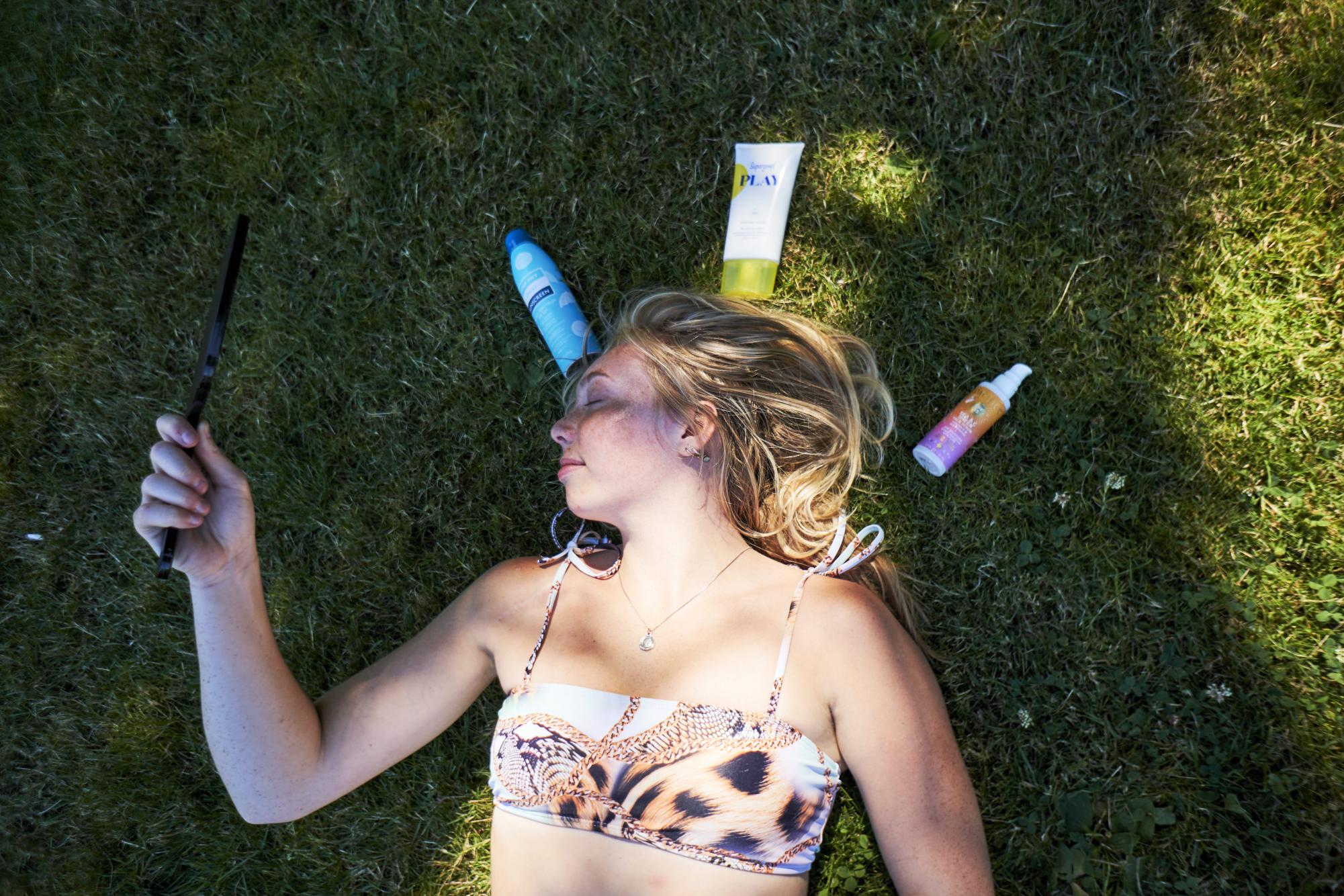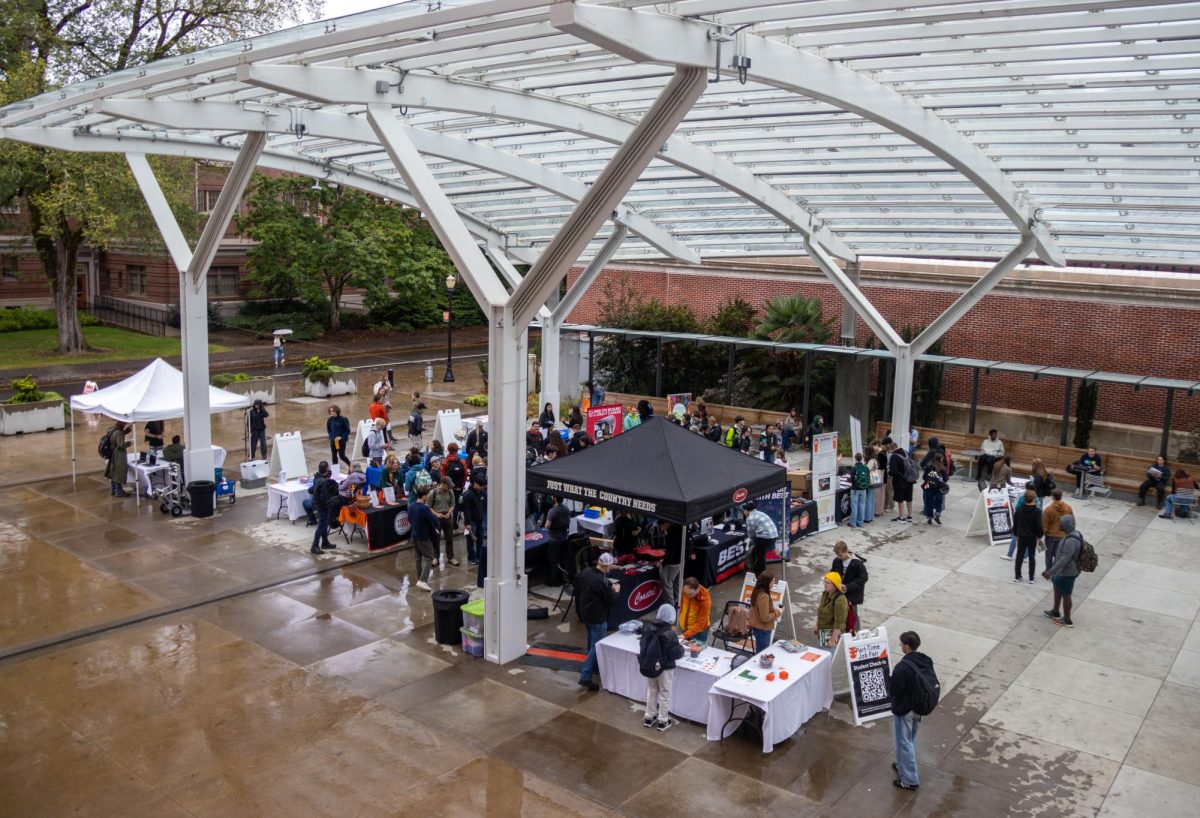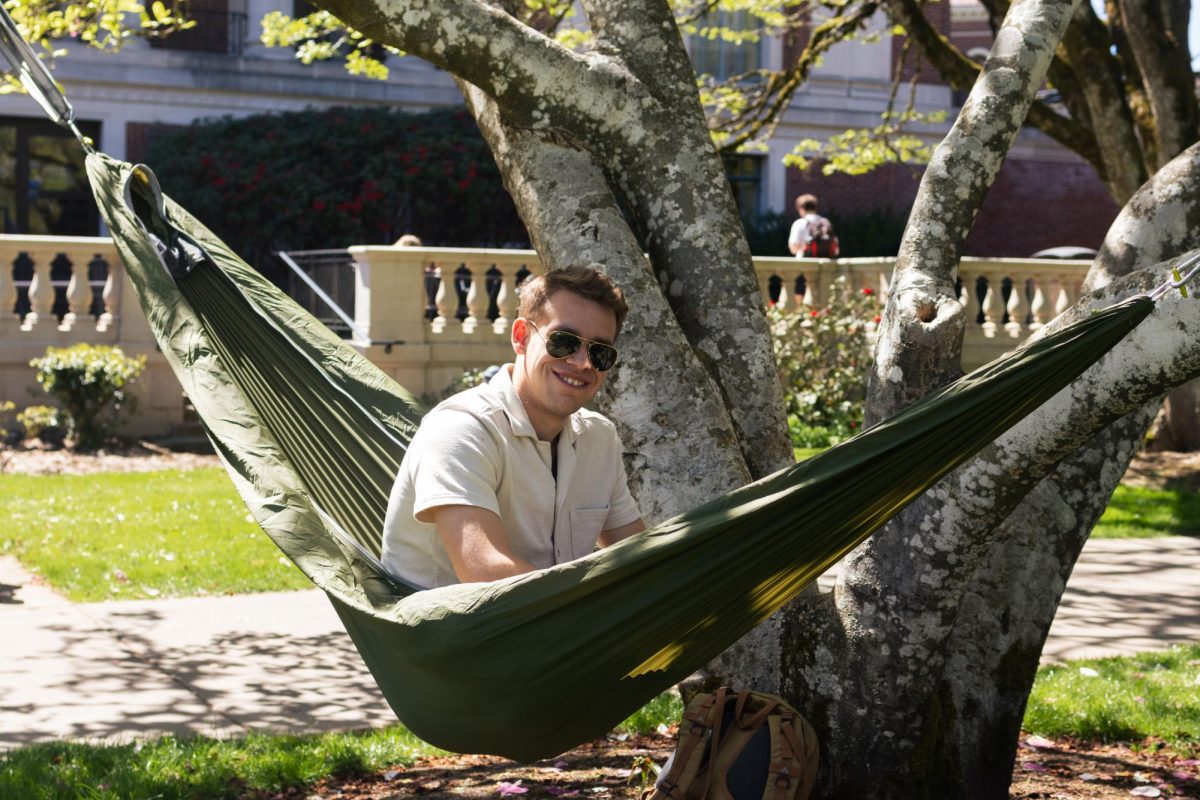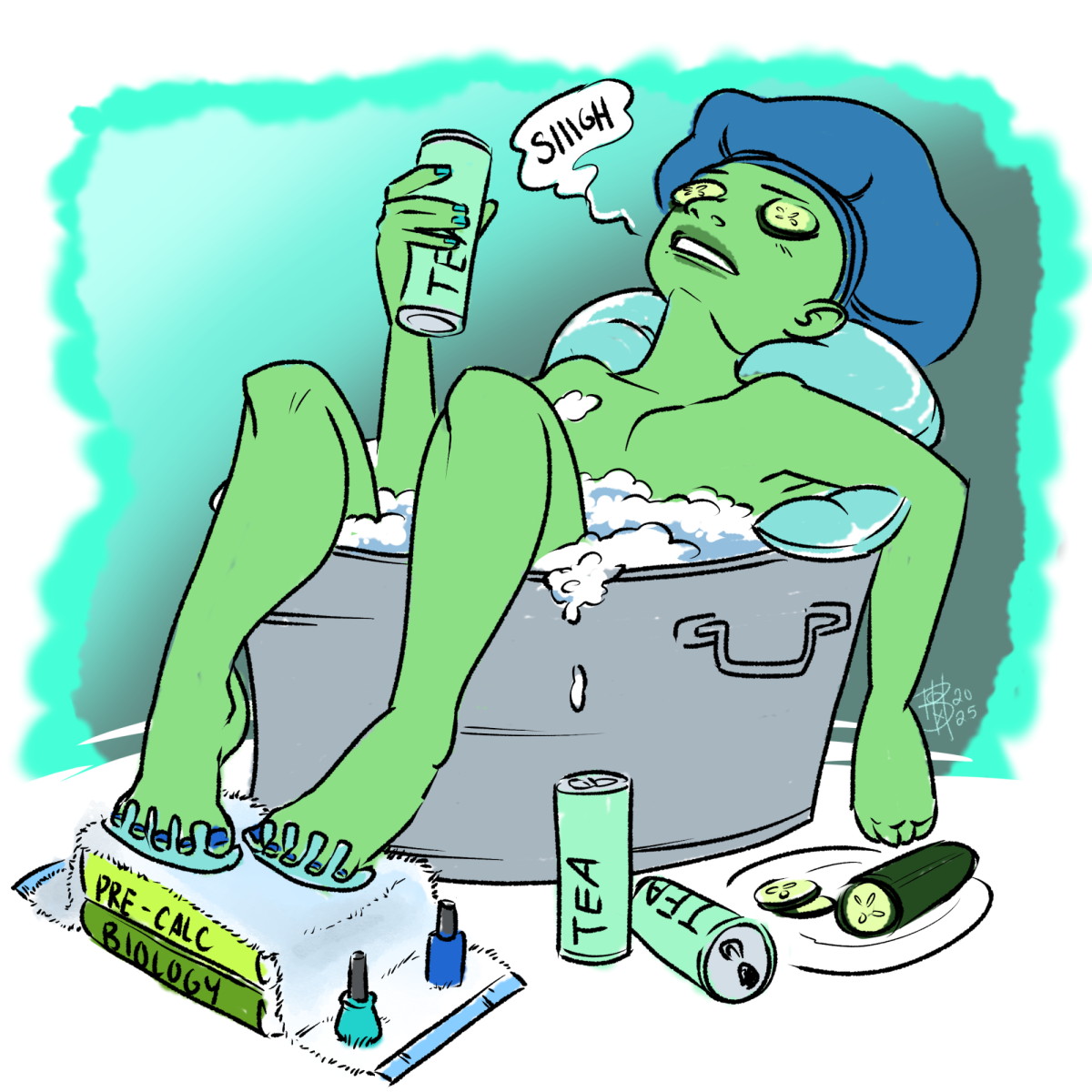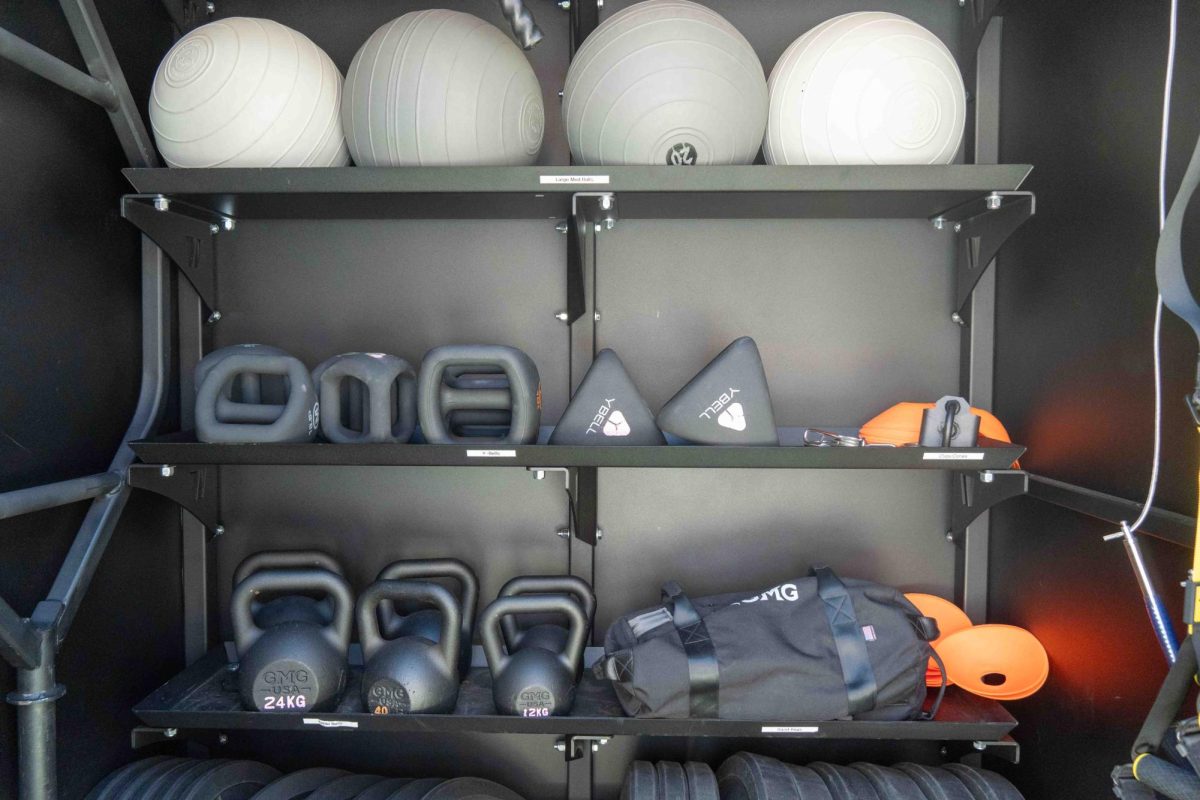Oregon’s deceptive and moody weather patterns might tell us that there is no need for sunscreen on a cloudy-ish day but in reality, the critical need for sunscreen and sun protection never goes away.
According to the National Cancer Institute, nearly 1,300 people within Oregon are diagnosed with melanoma, a type of skin cancer, each year making Oregon a part of the top third of melanoma occurring states in the country.
Cancers and skin conditions such as melanoma can be prevented and even youthful beauty protected with the everyday sun protection decisions you make now, especially while in the typical college age of your 20s and 30s.
“Even if the sun is partially obscured by clouds it is important to remember that (ultra violet) light can still contact your skin,” said Alex Goldner, a physician assistant and advanced practice provider at Student Health Services.
Goldner explains that the UV light, which is emitted by the sun that we are exposed to by being outside, is a huge factor for skin damage.
According to the environmental protection agency, UV ratings of 0-2 are not harmful, a moderate to high rating of 3-7 requires protection, and an extreme rating of 8 or more requires extra protection and caution.
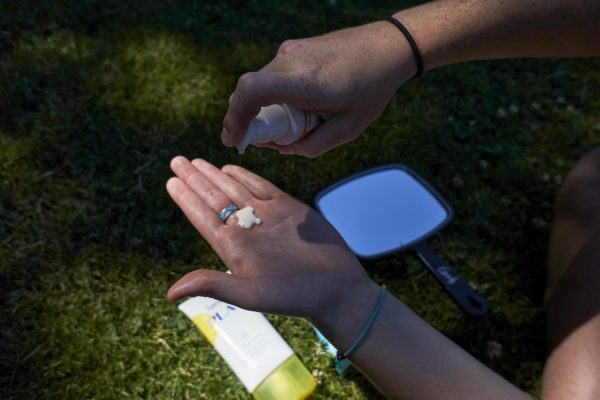
While these high and extreme levels of UV are common in the summer when the sun is more intense, even moderate to high ratings can exist on cloudier days. Even into the month of March the average UV rating on parts of the Oregon Coast can still be at a moderate level.
When we least expect it and when we are not thinking about it is often where protection is even more important, as it is not just one forgetful day in the sun that will cause long term serious damage according to Goldner.
“The effects of UV light on skin are cumulative, so the risk of skin cancer and premature aging of skin increases with repeated sun exposure,” Goldner said.
For second-year zoology student Simone Sienkiewicz, Goldner’s warning and knowledge of the UV index ratings is not new information as she has grown up checking the weather and always applying sunscreen.
“There is the immediate ‘I won’t get sunburnt’ and that is a big influencer in my wearing sunscreen everyday and I think really is to protect my skin in the long run, so I hope what I am doing now will help,” Sienkiewicz said.
When it comes to what kind of sunscreen to choose though—SPF 15, SPF 30, SPF 50, etc.—the market can be tricky to decipher and navigate.
Goldner explains that the SPF, or sun protection factor, is a rating of how long you will be protected. So in an SPF 15 sunscreen you will be protected for 15 times longer than you would be if not wearing it in the first place.
“Most dermatologists recommend using SPF 30 sunscreen, and there does not seem to be much benefit going higher than that,” Goldner said. “The more important point is to reapply regularly!”
For third-year kinesiology student and women’s rowing team member Sasha Delman, the concern is not only in what SPF to use but if you will still reap the positive benefits of soaking up the sunshine.
“I have seen many things on the benefits of sun exposure in mental and physical health,” Delman said. “I struggle to put on sunscreen, because I know the positive effects of UV rays on mental health.”
Goldner explains that while sun exposure is essential for the body’s ability to produce vitamin-D, he notes that wearing sunscreen does not necessarily stop this from happening.
“According to Harvard Health Publishing, (decreased vitamin-D uptake) is unlikely to occur at a level that would impact your overall health,” Goldner said. “One Australian study showed no difference between vitamin-D levels in adults who used sunscreen versus a placebo (non-active) cream for a summer.”
Delman’s other concern with using sunscreen consistently rather than using light weight clothing and covering up as a method of sun protection, is the chemicals used and resistance to burning that is built up by tanning.
While the Food and Drug Administration notes that there is ongoing research on the effects of certain ingredients, they have released a list of active ingredients that are listed as safe and effective.
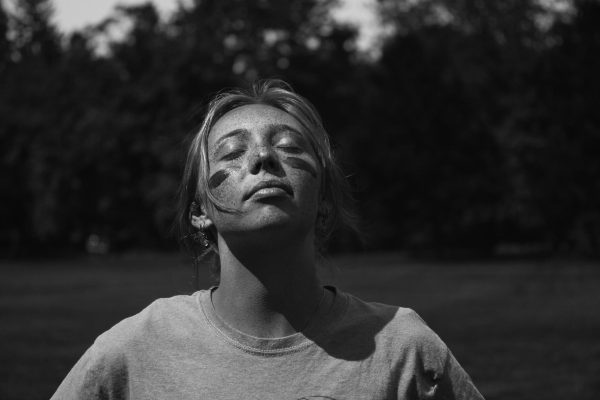
Goldner’s suggestion is to try mineral-based sunscreens that might avoid ingredients that require more research or have seen evidence of being absorbed into the body further than wanted.
“Mineral-based sunscreens will have ingredients such as zinc oxide or titanium dioxide and create a barrier on the surface of the skin rather than penetrate the skin to offer protection,” Goldner said. “Though further research is being conducted on chemical sunscreens, the safety and efficacy of mineral-based sunscreens has been demonstrated and they are considered widely effective at preventing skin cancer and premature skin aging.”
Goldner also mentioned that the use of mineral sunscreens may also be better environmentally for ocean ecosystems.
As for the issue of getting the highly sought after summer tan, it is still possible while using sunscreen as it acts as a barrier not a complete repellant.
Sienkiewicz shares this struggle of forgoing the sunscreen for a tan but cautions that protection is ultimately the higher priority.
“I think it’s important to still wear sunscreen, you can wear a lower kind of protection but still wear it,” Sienkiewicz said. “I feel like that’s super important because you can still get a tan and wear sunscreen.”
No matter what decision is made—to cover up or coat up—Goldner stresses the importance of protecting your skin.
“The choices you make now will have a big impact on your health in the future,” Goldner said.

